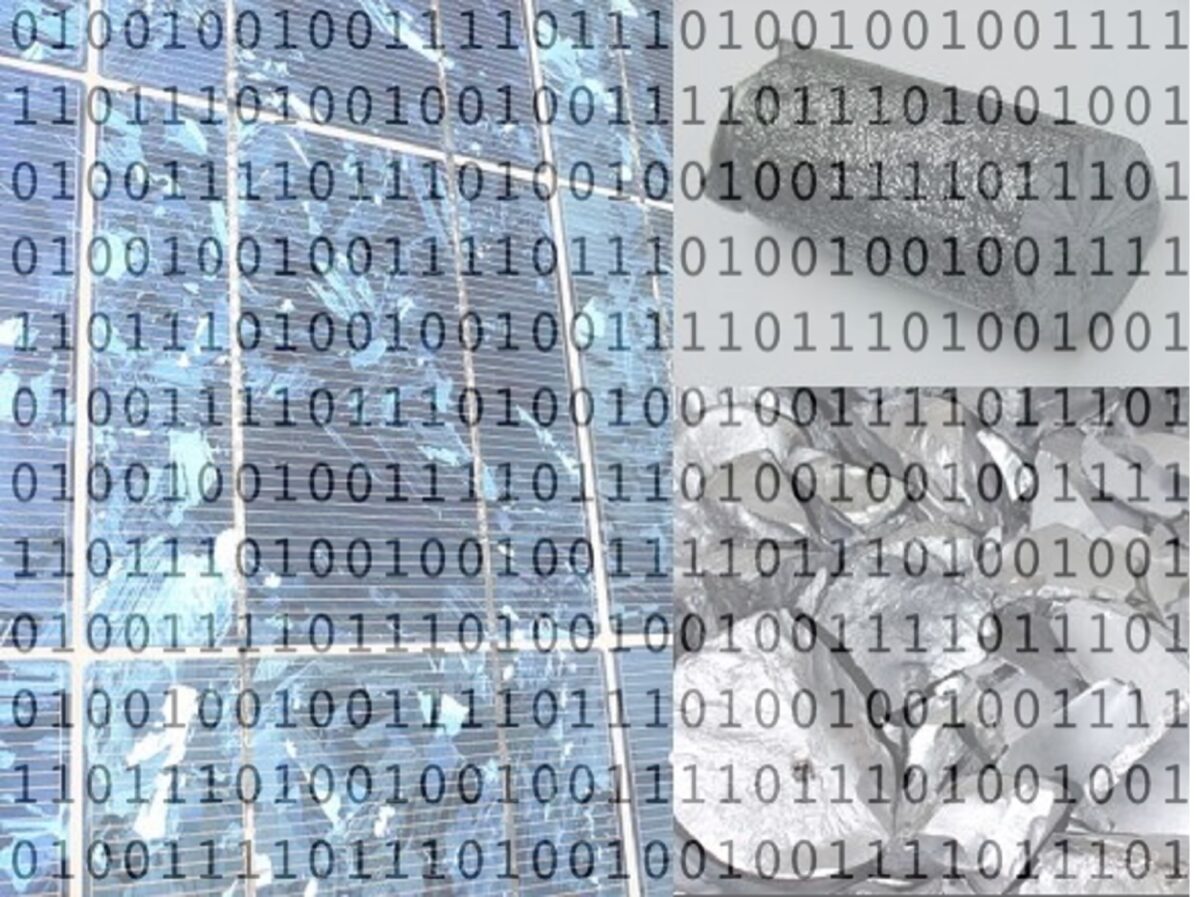A group of researchers at the Netherlands’ Delft University of Technology (TU Delft) have conducted a global statistical assessment of how thick solar cells should be in order to achieve the same efficiency depending on different geographical conditions.
“In our work, we sought to define the optimum design parameters of solar cells, such as the wafer thickness changes per irradiance spectrum falling on the PV cell and its temperature,” the research’s lead author, Hesan Ziar, told pv magazine. “If we assume the standard test conditions (STC) as the working condition, which is what we are doing now in the PV industry, then the design will not be optimal for all Earth locations, both in terms of energy yield and material use. Therefore, it is better to define new test conditions tailored for each region of the world, or at least one for the whole world, and design and make cells accordingly.”
As an alternative, the scientists proposed a definition of what they called outdoor test conditions (OTC). “OTC doesn’t mean that the test should be done outdoors. It means that the condition of the testing is representative of the outdoor working condition of solar cells,” Ziar explained. “Unlike STC, OTC is more likely to happen for the solar cells during their lifetime and thus the cells are better to be designed based on real outdoor working conditions. Just like STC, OTC can be replicated and applied under a controlled in-lab environment. Having a definition for OTC and applying it facilitates the design of material-efficient solar cells and increases the electricity yield from solar cells.”
The research team also suggested regionalizing solar module manufacturing according to different polysilicon usage levels. “Regionalized production means producing for a region not necessarily producing in that region,” Ziar stated. “For instance, cells can be made in China but tailored to work better in Australia. Since the production place does not necessarily change it will keep making economic sense. Besides, since the thickness is optimized, then less polysilicon is used, thus there is a potential to have even cheaper cells.”
In the paper “A global statistical assessment of designing silicon-based solar cells for geographical markets,” which was recently published in Joule, the scientists conducted extensive and detailed modeling of mono-facial, bifacial, and tandem silicon-based solar cells for the whole globe by generating 8 TB of data using NASA’s atmospheric database. They considered, in particular, two main cell configurations – single-junction silicon devices and two-terminal X-on-silicon cells.
“A plausible scenario is that the single-junction silicon PV will retain as the major player due to its low cost, non-toxic nature, longevity, stability, and the well-established infrastructures that already support it,” they said. “In this context, tandems will cater to specific needs and applications.”
The research group also proposed a series of population and value-weighted averaging methods for suggesting representative test and design conditions for solar cell. It considered parameters such as maximum achievable cell efficiency optimized for each geographical location, optimum wafer thickness, excess carrier concentration at maximum power point (MPP), and world population density in the year 2020.
“We can see that optimum Si thickness radically changes over the globe, whereas all of the optimum cells are in high injection,” the academics specified. “It is evident that the optimal wafer thickness in the European Si PV market is nearly twice that of the Australian market. At high irradiance and temperature, the breakeven point of the increase in the photo-generated current with the decrease in voltage happens at lower thicknesses.”
In a further step, they generated high-resolution maps for optimized solar cell parameters for all land locations on Earth by considering more than 15,000 locations.
“Our findings show that that 16% of the polysilicon consumption could have been saved in 2022 if the PV industry had a more representative test and design conditions for the solar cells,” Ziar emphasized. “Silicon is indeed an Earth-abundant material, but when we have a lot of something, would that mean that we should waste it when we can preserve it through smarter, or let’s say more tailored, production?” Ziar emphasized. “We can have a more sustainable and resource-efficient practice for PV cell production.”
This content is protected by copyright and may not be reused. If you want to cooperate with us and would like to reuse some of our content, please contact: editors@pv-magazine.com.









By submitting this form you agree to pv magazine using your data for the purposes of publishing your comment.
Your personal data will only be disclosed or otherwise transmitted to third parties for the purposes of spam filtering or if this is necessary for technical maintenance of the website. Any other transfer to third parties will not take place unless this is justified on the basis of applicable data protection regulations or if pv magazine is legally obliged to do so.
You may revoke this consent at any time with effect for the future, in which case your personal data will be deleted immediately. Otherwise, your data will be deleted if pv magazine has processed your request or the purpose of data storage is fulfilled.
Further information on data privacy can be found in our Data Protection Policy.